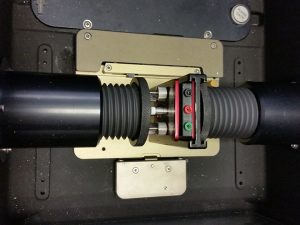Optically Transparent Thin-Layer Electrochemical cells
Following 20 years of practical experience and development, our user-friendly Room Temperature and Low Temperature Optically Transparent Thin-Layer Electrochemical (OTTLE) cells are now available to research chemists in academic and industrial institutions.
The cells supply a market which has grown in response to the increasingly popular development in situ monitoring of spectroscopic changes accompanying electrochemical processes. To date, they have been deployed in more than 75 research laboratories worldwide and cited in around 400 peer-reviewed publications.
Our OTTLE cells

We currently offer 4 different types of Optically Transparent Thin-Layer Electrochemical cells. You can find full specification and feature information on our product pages:
Our cells are available for sale as a research tool. Contact us to discuss your requirements and obtain a quote:
Professor Frantisek Hartl, FR SC
- Phone: +44 (0)118 378 7695
- Mobile: +44 (0)7918 161 200
- f.hartl@reading.ac.uk
- Department of Chemistry, University of Reading, Whiteknights, Reading, RG6 6AD, UK
Benefits
Our Optically Transparent Thin-Layer Electrochemical cells have many valuable attributes, particularly the efficiency and cost reductions associated with:
- the ability to study reactions involving highly oxygen- and moisture-sensitive free radicals without the need for specialist containment.
- the cell is small and can be fitted into conventional spectro(photo)meters with little modification.
- the cell uses a small sample volume and electrolysis can be completed rapidly.
Applications
Spectroelectrochemical techniques have been widely used in applications ranging from inorganic chemistry and organic chemistry to biochemistry, in the studies of:
- redox pathways and series
- electro catalytic reactions
- mixed-valence complexes
- redox active coordination and organometallic compounds
- electron transfer in proteins and biomolecules.
For more examples, see our Applications of OTTLE cells page.
